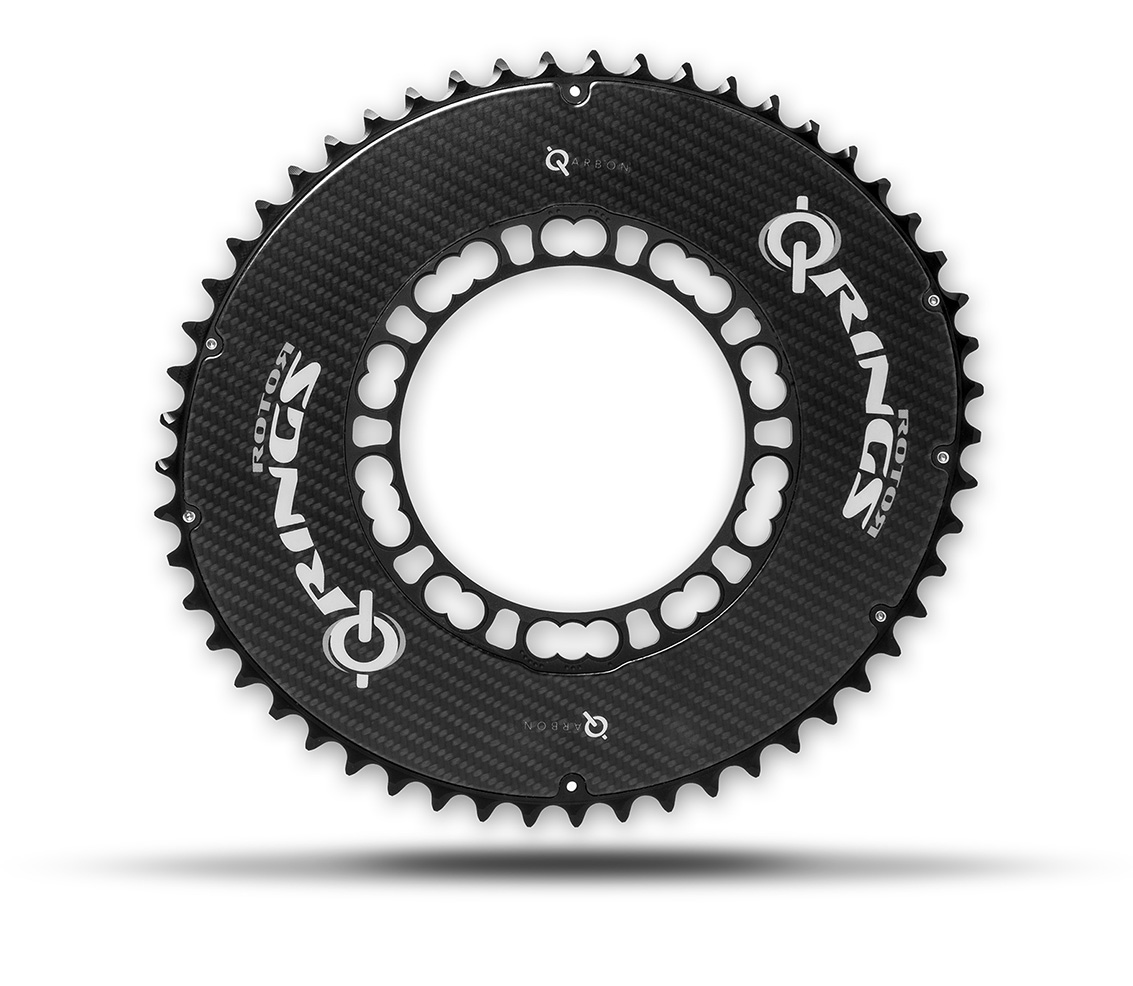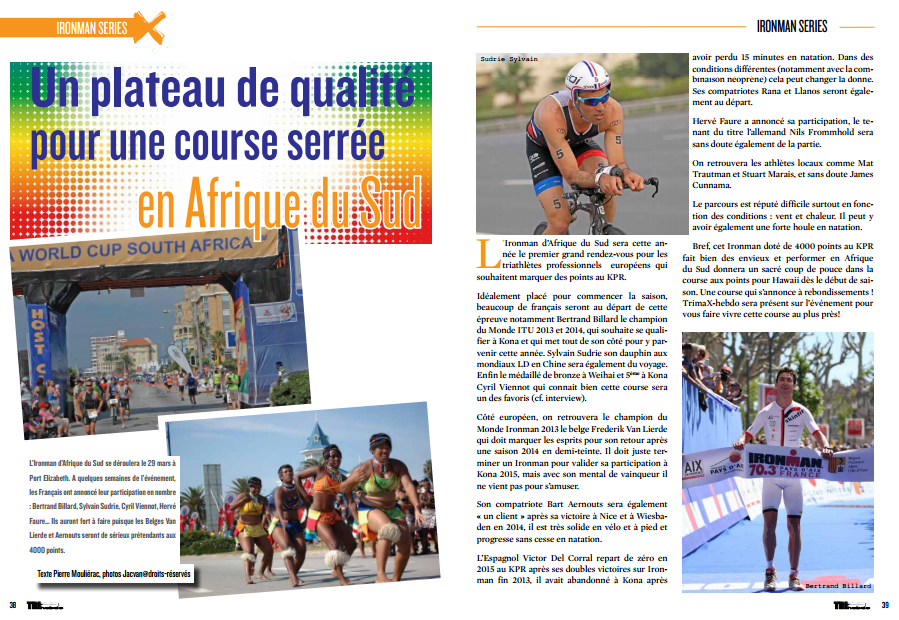ROTOR Bike Components will add to its family tree for the upcoming Interbike industry tradeshow by presenting two new versions of its flagship Q-Rings.
QX1 will claim its place in the rising trend of 1x chainrings for road but adds 12.5 percent ovality and five Optimum Chainring Positions (OCP) to optimize the pedal stroke.
Qarbon, as the name suggests, adds high modulus carbon fiber to its aluminum Q-Rings to reduce weight and increase stiffness. Qarbon Q-Rings feature subtle but efficient 10 percent ovality as well as the same five OCP´s featured on QX1. Both QX1 and Qarbon Q-Rings are manufactured in-house at ROTOR´s Madrid facility.
Qarbon: the right material in the right spot
Qarbon owns this principle by bonding a 3k woven high modulus carbon fiber sheet to the Q-Ring´s exterior side, allowing for a more aggressively machined aluminum section and increasing lateral stiffness while improving shift quality. The result is an eight percent lighter chainring with 20 percent increased stiffness – and an appearance inline with your bike´s sleek, elegant aesthetics.
Lately pro cyclists in all three disciplines: road, triathlon, and mountain biking have been stealthily adding oval chainrings to their race bikes with increasing frequency. International victories have proven convincing regarding their performance benefits, and for cyclists who want to become more efficient, QX1 – which get an extra boost from Q-Rings´ adjustable OCP settings, will be their best choice. The chainrings are compatible with all BCD 110 cranks and feature a specific alternating thick/thin, single-speed tooth profile that avoids chain drop during those critical moments – like when you kick into high gear for a town line sprint – with no need for a chain guide.
Nothing says « coup » like Grand Tour stage wins
Q-Rings have had a fantastic 2015 season so far with victories both on and off-road with more racing yet to come. While the big names have bowed to the physical demands of doubling up on Grand Tours, Q-Rings have scored stage wins in all three. Q-Rings were the result of a determined ambition to eliminate the deadspot in each pedal rotation. Since nobody applies constant, even force throughout the pedal stroke, ROTOR´s founder and chief engineer, Pablo Carrasco, focused on redesigning traditional circular chainrings to take advantage of the areas where the most force is applied during the pedal stroke. Carrasco also took into account riders´ unique pedaling characteristics and concluded that an oval chainring that could be oriented around pedaling style would offer the most efficient form of power transfer throughout a pedal rotation.
« OCP settings were actually determined by the old ROTOR System, » Carrasco said, « the system would respond precisely to the legs´ ability to deliver power within a pedal rotation – we just identified the five most common points where power was at its peak and these are what we call « Optimum Chainring Positions. »
Both QX1 and Qarbon are available now through ROTOR´s distributors and dealers. MSRP for QX1 is 99.99€ ($115 US) and for Qarbon 199€ ($230 US). (click on images for high resolution versions)
Get to know UNO, #1 in hydraulic groupsets for road
A few weeks ago ROTOR publicly presented its unprecedented UNO hydraulic groupset for road for the first time at Eurobike. Visitors to the international tradeshow had a chance to see and try UNO at an interactive display that showcased the groupset´s features. Next week visitors to Interbike will get a different opportunity to view UNO at ROTOR´s booth #27210.
UNO will be available in spring 2016
 English Version
English Version














